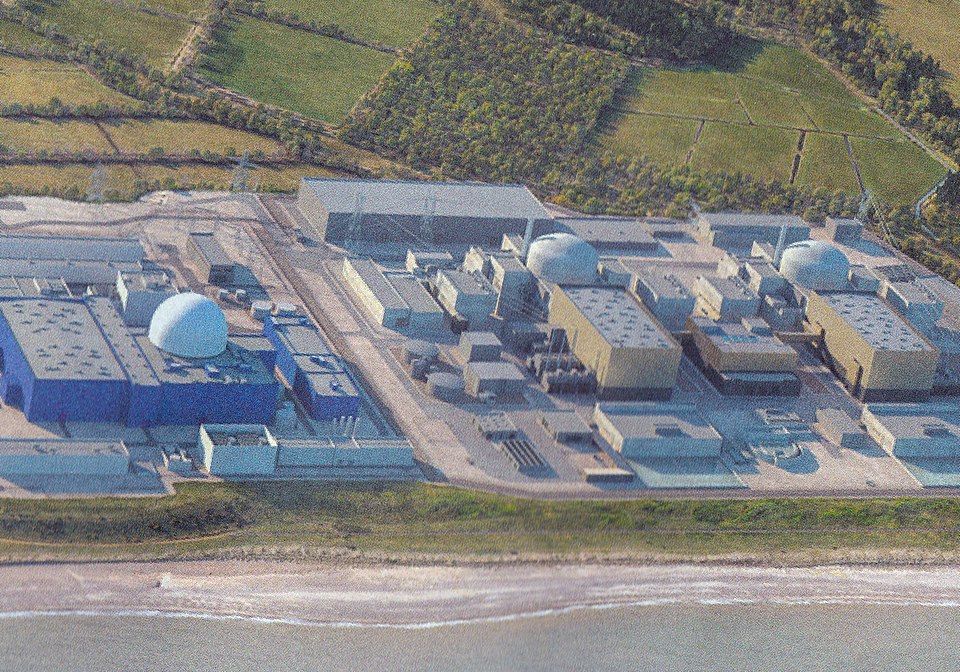
The UK government is investing £14.2 billion ($19.2 billion) to support construction of the Sizewell C nuclear power station in Suffolk, a project long in the making and seen as vital to the
country’s clean energy future.
Sizewell C has been under planning for over a decade, and this funding boost adds to previous commitments, pushing the government’s total investment to £17.8 billion. The final cost of the plant is expected to exceed £40 billion.
The 3.2-gigawatt plant will eventually power around 6 million homes and is expected to create 10,000 jobs. It’s modeled after Hinkley Point C, another large-scale nuclear facility that has faced delays and budget overruns.
Alongside this, the UK has selected a division of Rolls-Royce to develop small modular reactors (SMRs), a new nuclear technology designed to make building power plants cheaper and faster. SMRs are gaining global interest, especially in the U.S., where they’re being explored as a way to meet the rising energy demand driven by AI and data centers.
The Sizewell C investment is part of a broader government spending plan being presented by Chancellor Rachel Reeves, covering key sectors from health care to defense.
Despite the government’s large financial commitment, Sizewell C still needs private investment to move forward. Ministers hope to secure backing at next month’s Anglo-French summit in London.
Originally proposed in 2012, Sizewell C has faced years of financial and political hurdles. The UK took an active role in the project in 2022 by purchasing a 50% stake from China General Nuclear, eventually becoming the majority owner as France’s EDF, also building Hinkley Point C, stepped back.
The government sees nuclear energy—alongside offshore wind—as central to reducing the UK’s dependence on fossil fuels and ensuring a stable, low-carbon electricity supply for the future. Photo by GOV.UK, Wikimedia commons.



































